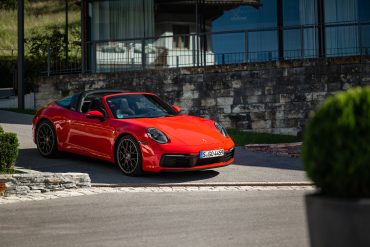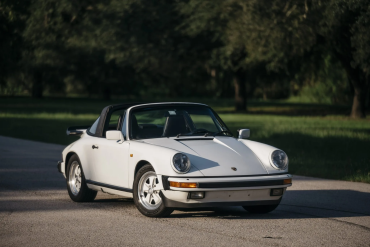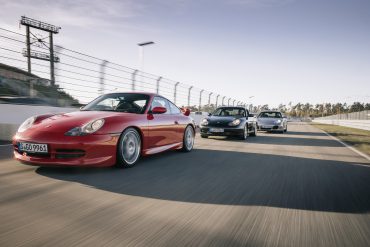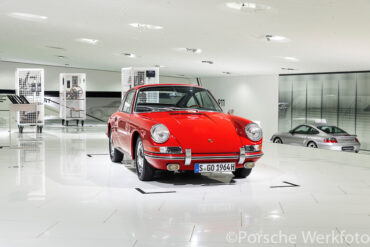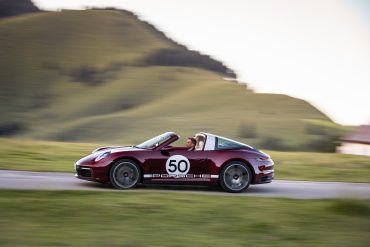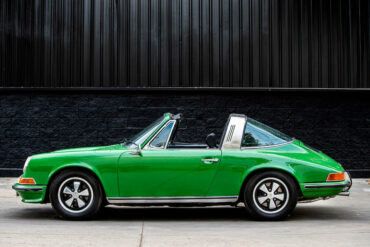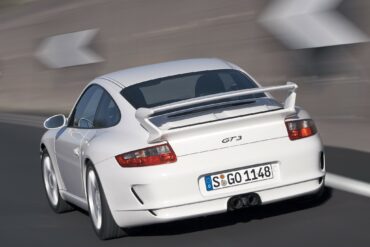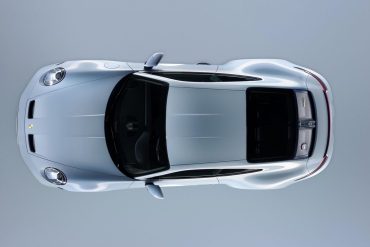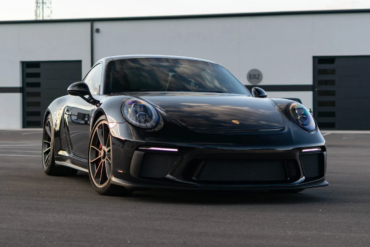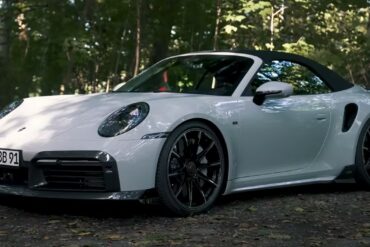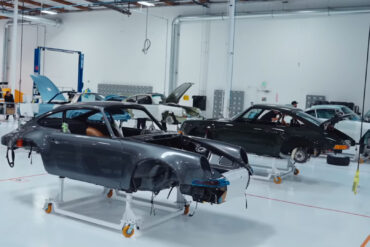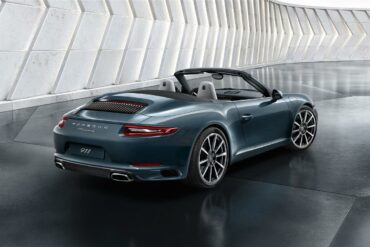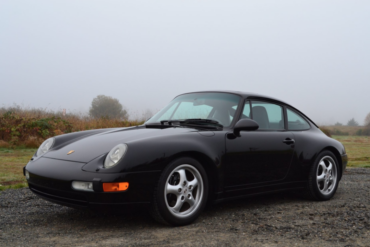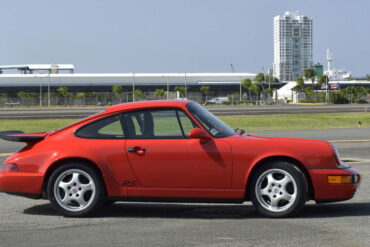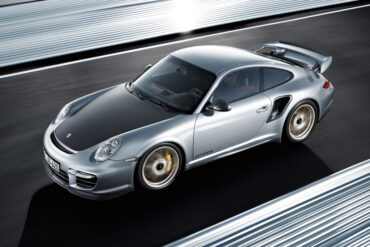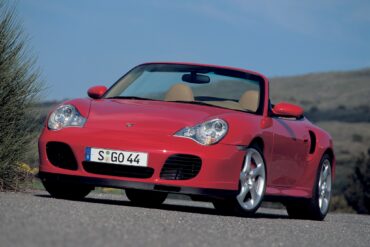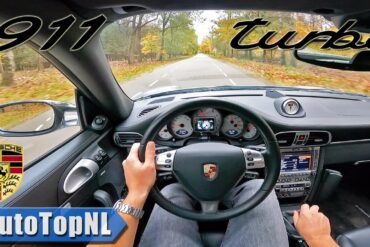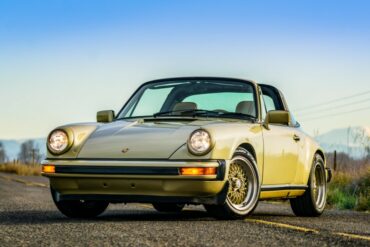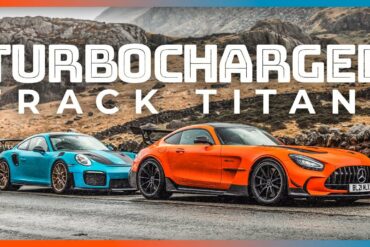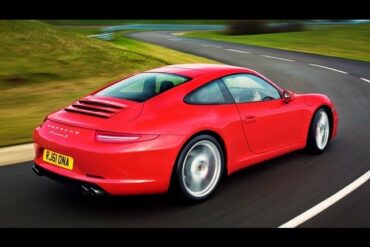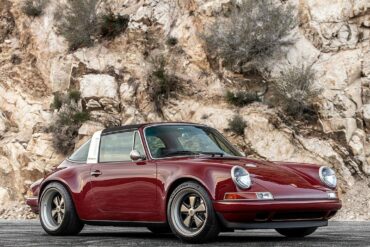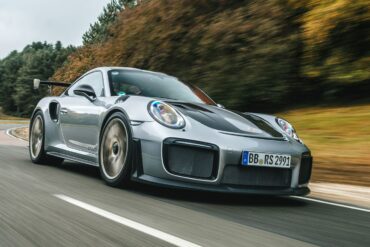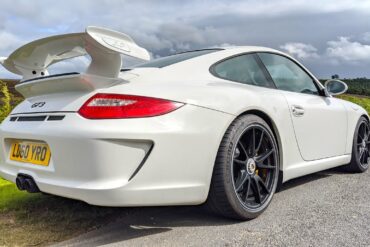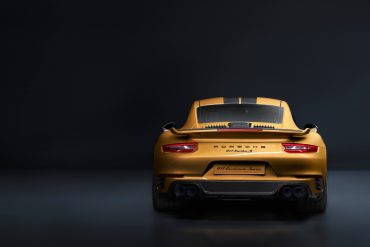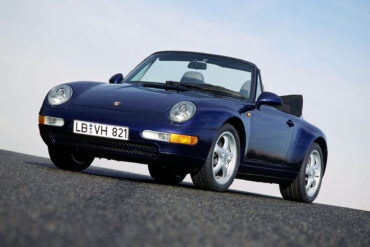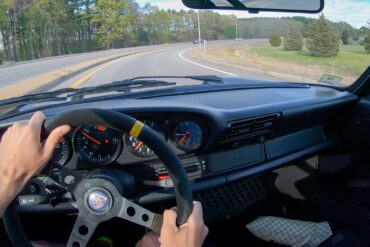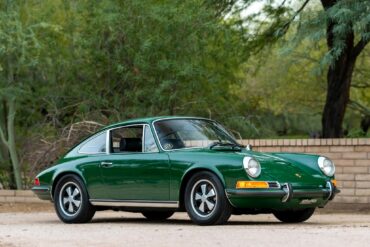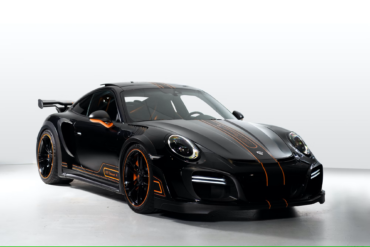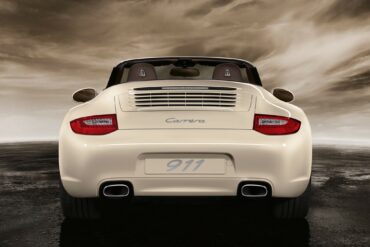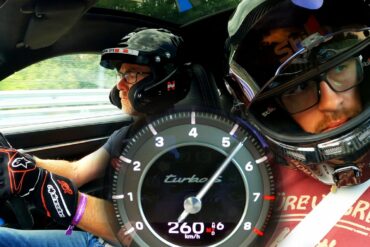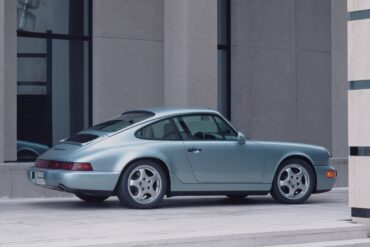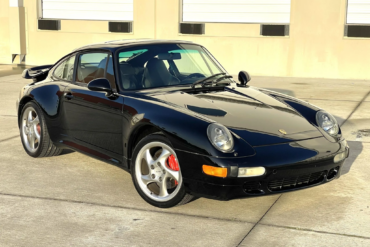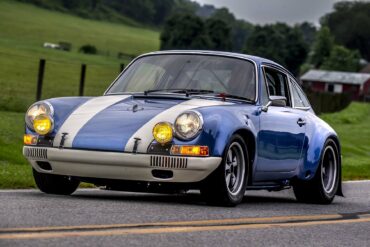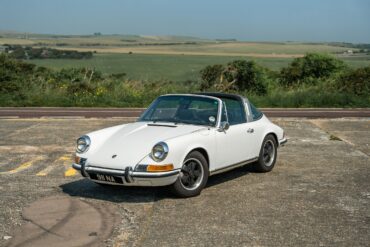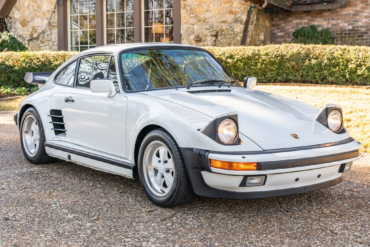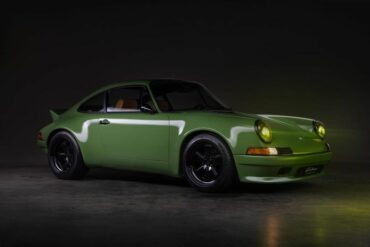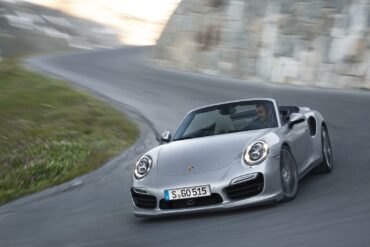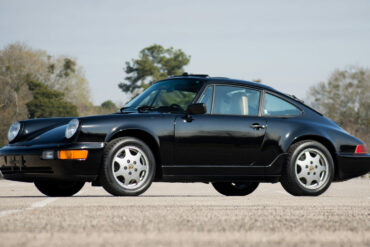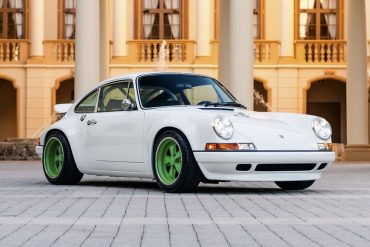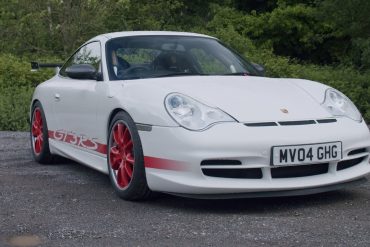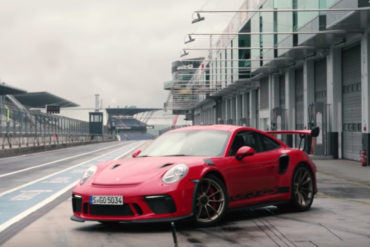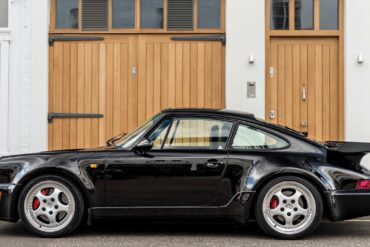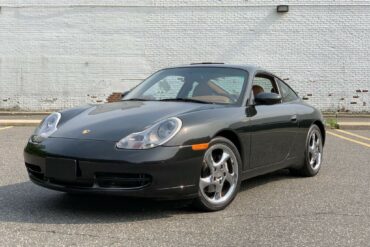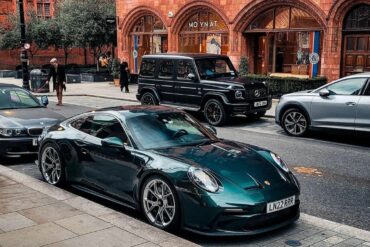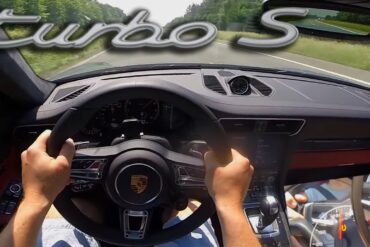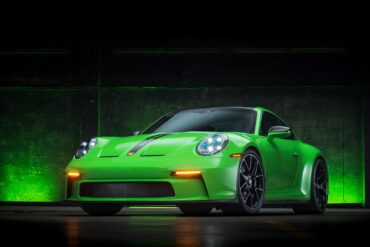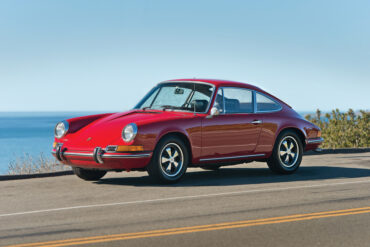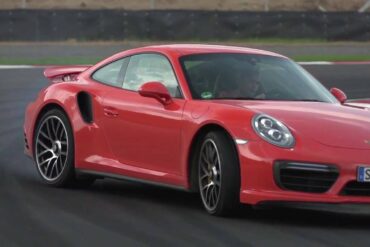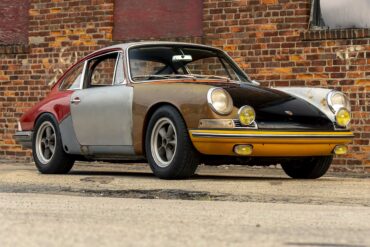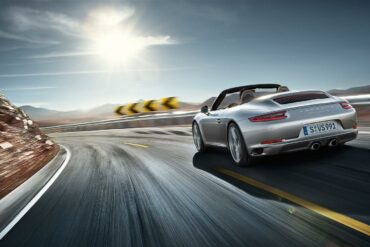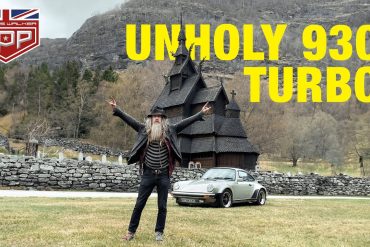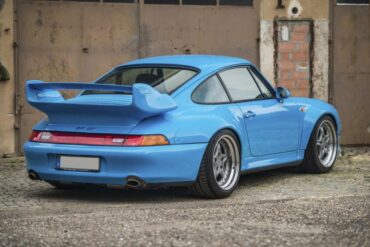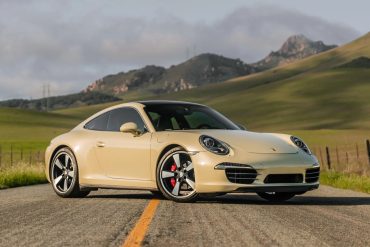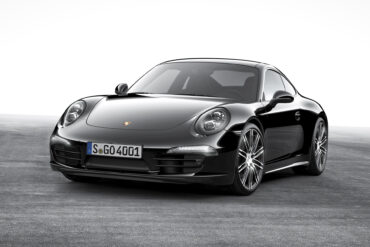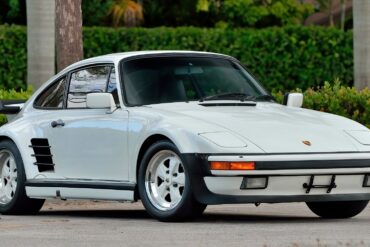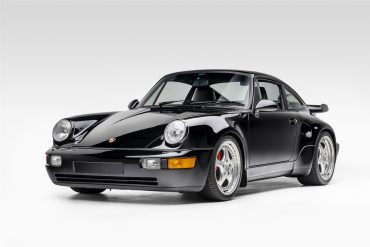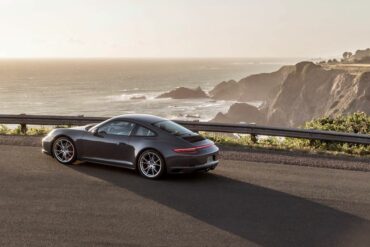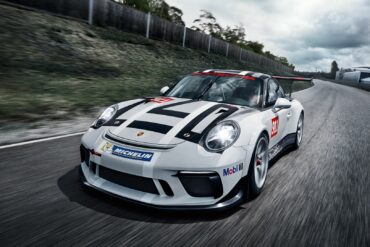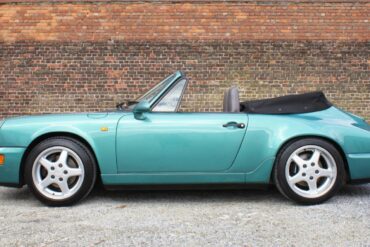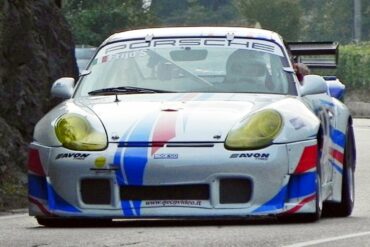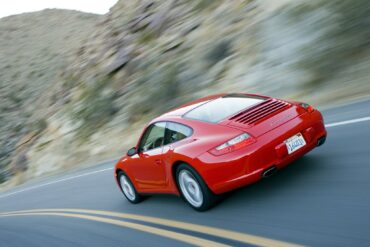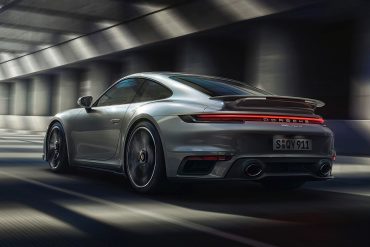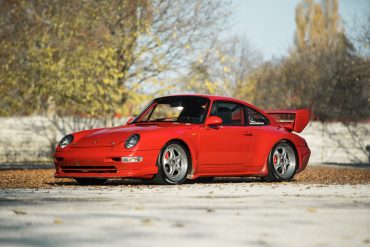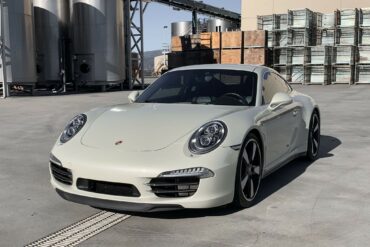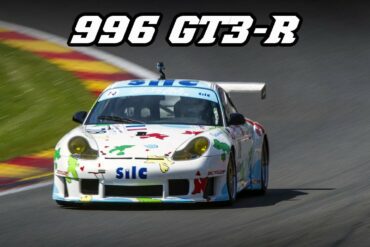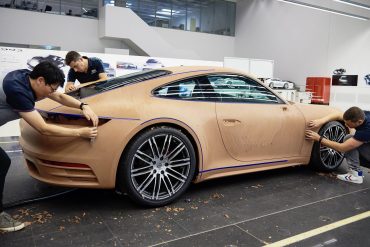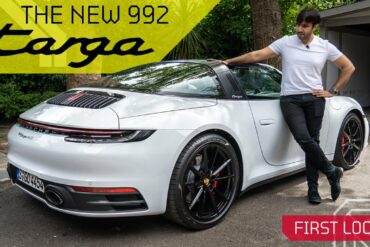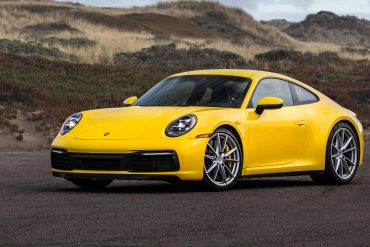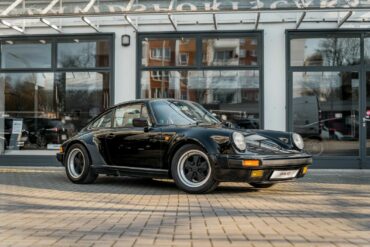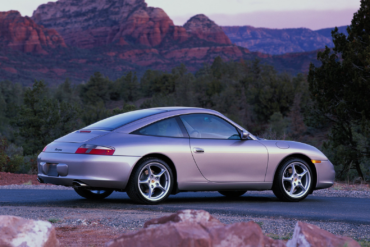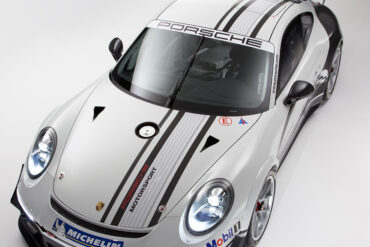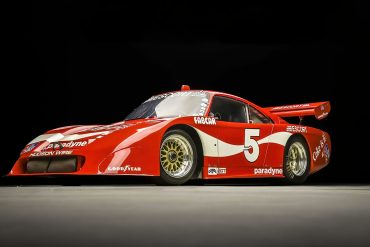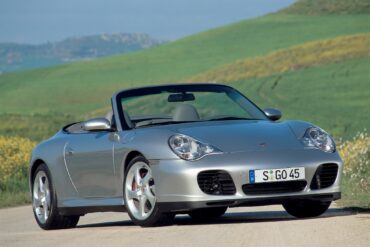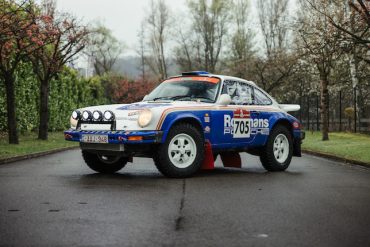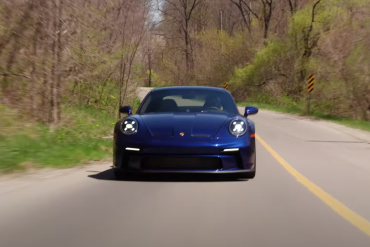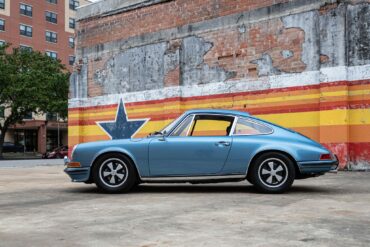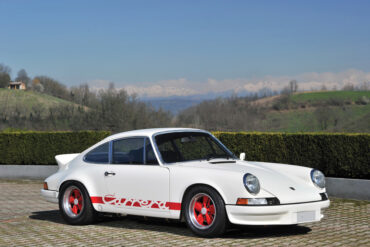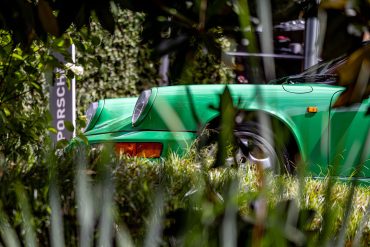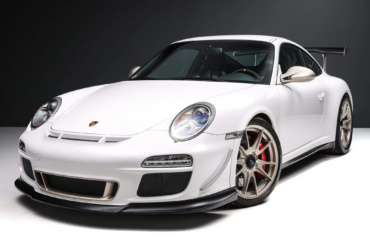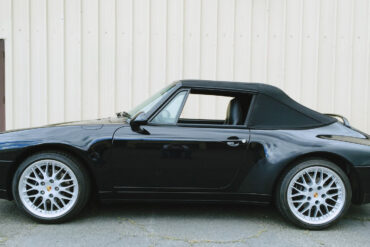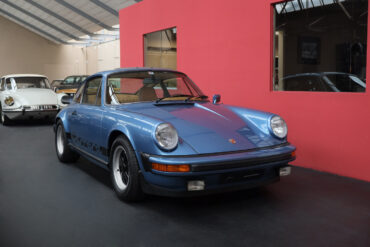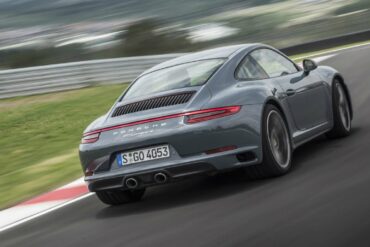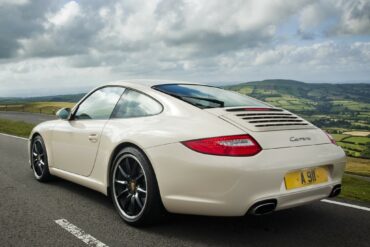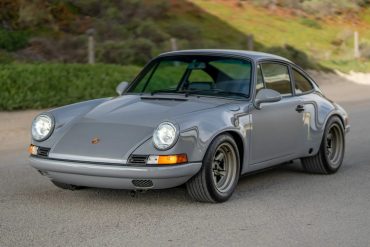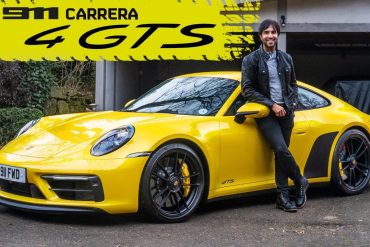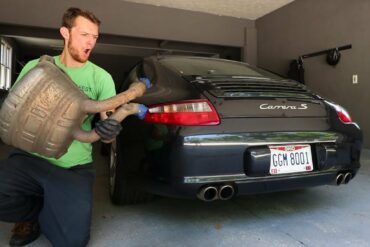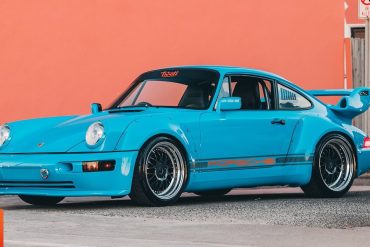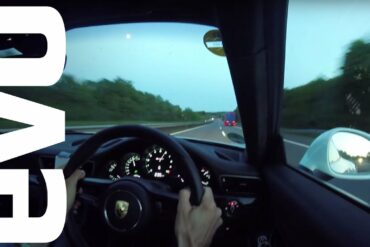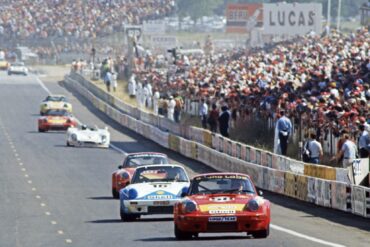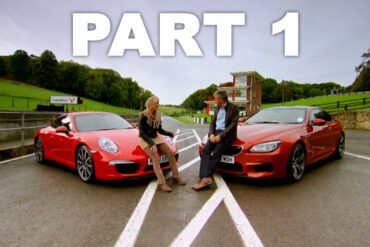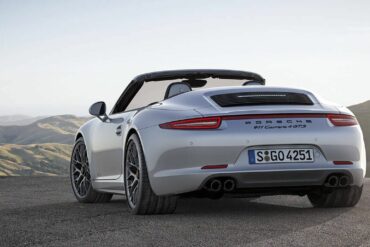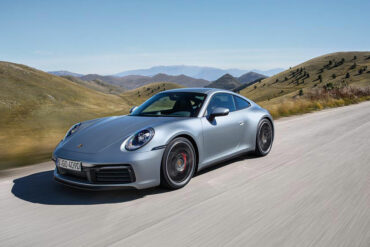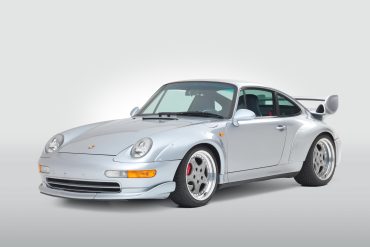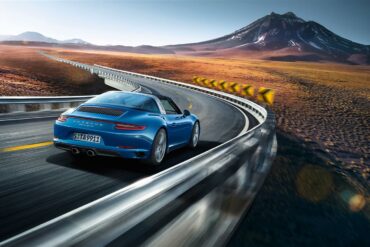2022 Porsche 911 Targa 4S (992) Technical Specifications Model 911 Targa 4S Design and cylinders Twin-turbocharged boxer 6 Bore 91.0...
Porsche 911
All
- Porsche 912
- 911 Carrera RS 2.7
- Porsche 901 (911)
- Porsche 911 (F-Series)
- Porsche 911 (991)
- Porsche 911 (G-Series)
- Porsche 911 (964)
- Porsche 911 (993)
- Porsche 911 (996)
- Porsche 911 (997)
- 911 Speedster Concept
- Porsche 911 (992)
- 964 Carrera 2
- 964 Carrera 4
- ’30 Jahre’ Anniversary
- 964 Speedster
- 964 Turbo
- 964 Carrera RS
- 964 Carrera Cup
- 964 RSR
- 993 Carrera
- 993 Carrera 4
- 911 Edition 50
- 993 Carrera 4S
- 911 2.0 Bertone Roadster
- 993 Carrera S
- 993 Targa
- 992 Sport Classic
- 993 Turbo
- 996 Carrera
- 993 Carrera RS
- 992 America Edition 911
- 996 Carrera 4
- 993 GT2
- 996 Targa
- 993 Carrera Cup
- 996 Carrera 4S
- 996 Turbo
- 996 Turbo S
- 996 GT3
- 996 GT3 RS
- 996 GT2
- 996 GT3 Cup
- 996 GT3 R
- 996 GT3 RSR
- 997 Carrera
- 996 GT3 RS Race
- 997 Carrera S
- 997 Carrera 4
- 997 Carrera 4S
- 997 Targa
- 911 Carrera 3.0 Coupe (G-Series)
- 997 Targa 4S
- 997 Turbo
- 997 Turbo S
- 997 GT2
- 992 Carrera T
- 997 GT2 RS
- 997 Speedster
- 997 Carrera GTS
- 992 Dakar
- 997 Carrera 4 GTS
- 997 GT3 Cup
- 997 GT3 R
- 997 GT3 RSR
- 997 GT3
- 997 GT3 RS
- 997 GT3 R Hybrid
- 991 Carrera
- 991 Carrera 4
- 991 Carrera S
- 991 Carrera 4S
- 991 Targa 4
- 991 Targa 4S
- 991 Turbo
- 991 Turbo S
- 991 Carrera GTS
- 991 Carrera 4 GTS
- 991 Targa 4 GTS
- 991 911 R
- Porsche 992 GT2 RS
- 991 GT3
- 991 GT3 RS
- 991 GT2 RS
- 991 Speedster
- 991 GT3 R
- 991 GT3 Cup
- 991 RSR
- 991 Carrera T
- 992 Carrera 2
- 992 Carrera 4
- 992 Carrera S
- 992 Carrera 4S
- 992 Targa 4
- 992 RSR
- 992 Targa 4S
- 992 Carrera GTS
- 992 Carrera 4 GTS
- 992 Targa 4 GTS
- 992 Turbo
- 992 GT3 R
- 992 Turbo S
- 992 GT3
- 992 GT3 Touring
- 992 911 S/T
- 911 (G-Series)
- 992 GT3 RS
- 992 GT2 RS
- 992 GT3 Cup
- 911 Carrera 3.0 (G-Series)
- 911 S (G-Series)
- 911 Carrera RSR 2.8
- 911 SC (G-Series)
- Porsche 992 GT3 R Rennsport
- 911 S/T
- 911 Carrera 3.2 (G-Series)
- 911 (Base Model)
- 911 Turbo (930)
- 911 SC Safari
- 911 L
- 911 Carrera RSR Turbo 2.1
- 911 T
- 911 Carrera RSR 3.0
- 911 E
- 911 S
- 911 SC San Remo
- 911 Carrera 3.2 Clubsport
- 911 R
- Porsche 953
- 911 Carrera RS 3.0
- 911 T/R
- 911 Carrera 25th Anniversary
- 911 SC RS
- 911 Turbo LE
- 911 Carrera Commemorative
- 911 Carrera 2.7 (G-Series)
- 911 3.2 Speedster
- 911 Turbo 2.7
- 964 Turbo S
This rare European model 1985 Porsche 911 Carrera Targa currently available for auction on Bring A Trailer was imported to...
The Porsche 996 There’s nothing really “entry level” about a Porsche 911 as a whole, and the 996-generation is responsible...
1965 Porsche 901 chassis #57 After three years of restoration, the Porsche Museum will finally present one of the newest...
2021 Porsche 911 Targa 4S Heritage Design Edition (992) Pictures & Gallery ...
1969 Porsche 911 S Targa 2.0 (LWB) Technical Specifications Induction Normally-aspirated Cooling Air/oil-cooled Valvetrain Single overhead camshaft Injection Port injection...
2007 Porsche 911 GT3 (997) Technical Specifications Engine Type Flat 6 Induction Normally-aspirated Cooling Water-cooled Valvetrain Double overhead camshafts Injection Port...
In the beginning… The engine of the Porsche 911 has come a long way over the past 60 years, now...
Porsche never fails to impress us when it comes to creating niches with their introduction of a new edition 911 based GT3,...
Pushing the 4S Hard on Mountain Roads The 2020 Carrera 4S is the AWD variant of the all-new 992-generation of...
Watch this in-depth review on the interior and exterior design of the first Brabus and Porsche supercar, the Porsche Brabus...
Singer has come a long way since its founder Rob Dickinson started turning Porsche 964s into four-wheeled jewelry 12 years...
2016 – 2019 Porsche 911 Carrera Cabriolet (991.2) Pictures & Gallery...
Porsche 911 (993) Technical Specifications & Model Comparison (European Variants) European specs 911 993...
1991-1992 Porsche 911 Carrera RS (964) Technical Specifications Engine Type Flat 6 Induction Naturally Aspirated Cooling Air/oil-cooled Valvetrain Single overhead...
Porsche’s 911 GT2 RS is a brute, a lightweight, twin-turbocharged, 620-hp bout of madness that stemmed from Stuttgart’s quest to see how high up the sports-car ladder the 911 could punch. It is the most serious roadgoing Porsche ever. The engine is a port-injected, 3.6-liter flat-six from the Le Mans–winning GT1 race car of the late ’90s, with a pair of variable-geometry turbochargers huffing a maximum of 23.2 psi of boost into the combustion chambers. The result is 620 hp at 6500 rpm and 516 lb-ft of torque at 2250. It gets a six-speed manual gearbox and rear-drive only. Yikes.
Introducing this new top-of-the-range model, Porsche is once again placing a 911 Turbo Cabriolet right at the top of the family after a break of 14 years: From 1987 - 1989 the Porsche 930, as the first Turbo was code-named within the Company, set the first milestone in the history of these outstanding open-air sports cars. With cylinders still featuring two valves each at the time, the 3.3-litre power unit driving the first Turbo Cabriolet offered maximum output quite unique at the time of 300 bhp or 221 kW. Acceleration from 0 to 100 km/h was in 5.2 seconds and the car had a top speed of 260 km/h or 161 mph.
Porsche 911 Turbo 997 POV Drive Naturally Aspirated Heroes is back for series 2! This time, we’re kicking off with...
Commemorating 25 years of Porsche sports car production, the 911S Silver Anniversary Edition is distinguished by unique Diamond Silver Metallic paint and a special black leatherette and tweed interior. The first of Porsche’s commemorative ‘celebration’ cars, this Silver Anniversary was produced in a limited run of 1,063 examples, of which approximately 500 are reported to have made their way to the United States.
In a recent video, YouTube channel Supercar Driver compare a Porsche 911 GT2 RS against Mercedes-AMG GT Black Series. These...
Autocar Reviews the New 991.1 Carrera S The new Porsche 911 Carrera S (991) is the most important new sports...
The Glasgow Commission, reimagined by Singer, is based on a right-hand drive 964 Targa. The car showcases carbon fiber bodywork...
991.2 GT2 RS Reviewed CAR magazine UK reviews the new 2018 Porsche 911 GT2 RS – the 690bhp, rear-wheel drive...
Porsche 997 GT3 Review Thanks to my good buddy Tom, I got behind the wheel of his incredible Porsche 911...
Recently revealed at the Geneva Motor Show, the new Porsche 911 GT3 receives a new naturally aspirated 4.0-liter flat-six engine....
When it was launched in Europe in late 1993, the appropriately numbered 911 993 would be the last of the...
911 3.2 Carrera POV Run Onramps and Highway driving in my Aircooled 1988 Porsche 911 3.2 Carrera. Be sure to...
1970 – 1971 Porsche 911 E 2.2 Coupe (LWB) Pictures & Gallery ...
The 2017 Porsche 911 Turbo S GTStreet R by with its carbon-fiber body, huge double-decked rear wing, GT3 RS-style wheelarch...
2011 Porsche 911 Carrera Cabriolet (997.2) Technical Specifications Engine Type Flat 6 Induction Normally-aspirated Cooling Water-cooled Valvetrain Double overhead camshafts...
The 992 Turbo S comes with an all-new, 3.8 liter boxer six with two variable turbine geometry (VTG) turbochargers. The...
1990 Porsche 911 Carrera 4 Coupe (964) Technical Specifications Engine Type Flat 6 Induction Normally-aspirated Cooling Air/oil-cooled Valvetrain Single overhead...
The Porsche 911 Turbo also known as the 993 was available between late 1995 to 1998. Powered by a twin-turbocharged...
The ST legend The Porsche 1972 911 ST is legendary in automotive history and coveted for its exceptional performance. Under...
1970 – 1971 Porsche 911 S 2.2 Targa (LWB) Pictures & Gallery...
If you head over to Bring A Trailer now, you’ll have the chance to acquire one of the reported 33...
Commissioned for ‘Mr. Le Mans’ Tom Kristensen, the Kalmar 7-97 is an homage to the Danish driver’s inaugural Le Mans...
The 2014 Porsche 911 Turbo Cabriolet is a great companion to its coupe sibling. The Porsche 911 Turbo Cabriolet delivers the same blend of dynamism, performance and efficiency offered by the Coupe. The turbocharged 3.8-litre six-cylinder engine delivers 520 bhp and it helps drivers accelerate from zero to 60 mph in just 3.1 seconds (there goes your hair style). Compared to the 997.2 Turbo Cabriolet the new Turbo Cab delivers 30 bhp more power and are 0.2 seconds faster in terms of their standard acceleration. It is also up to 15% more efficient and more luxurious and comfortable to boot.
Porsche Option Codes – Porsche 911 (1989 Model Year) Looking to decode your 1989 Porsche 911 option codes? Want to...
Background Perhaps no company has celebrated the heritage of the air-cooled 911 with such obsessive attention to detail as California-based...
In 1973, Porsche introduced the legendary 911 RS in response to the realization that the weight of its top-tier 2.4-liter...
James takes out this low mileage 996 GT3 RS, currently live on Collecting Cars, to discover how it differs from...
1993 Porsche 911 Turbo 3.6 Coupe (964) Technical Specifications Engine Type Flat 6 Induction Turbocharged Cooling Air/oil-cooled Valvetrain Single overhead...
In 1999, Porsche celebrated the turn of the century with a special edition – the 996 “Millennium Edition”. Offered as...
The Touring makes sense for those who envision their GT3 more as a daily mode of transportation than a track...
Porsche 911 Turbo S 991 MK2 AUTOBAHN POV Porsche 911 Turbo S 991 MK2 AUTOBAHN POV 295km/h by AutoTopNL...
The Touring makes sense for those who envision their GT3 more as a daily mode of transportation than a track...
The Porsche 911L (Lux) was introduced in model year 1968 in both Europe and the United States in coupe and targa variants. Approximately 1,610 samples were produced in total, of which 1,169 were coupes, and 575 were Targas. For the 1969 model year, the 911L would cease to exist, paving the way for a new mid-tier offering in Europe and the US, the 1969 911E, and for the higher-end 1969 911S in North America.
Chris Harris Drives the Porsche 911 Turbo S The Porsche 911 Turbo has always been a bit of an enigma,...
First air-cooled adventure Ryan Polson’s first word was car. Not Mama or Dada. Car. It seems that Ryan’s trajectory was...
Porsche 996.1 v 996.2: Every Detail Revealed The Porsche 996 Carrera is on a crest of a wave in popularity...
2018 Porsche 911 Carrera S Cabriolet (991.2) Technical Specifications Engine Engine layout Rear Engine Engine type Boxer, twin-turbo Cylinders 6 Valves...
When Magnus Walker was invited to Fjord Lift event in Norway he quickly took the chance to drive a remarkable...
1995 – 1996 Porsche 911 GT2 (993) Technical Specifications Type Racing Car Built At Germany Engine Flat-6 Position Rear Longitudinal...
The 2014 50th Anniversary Edition 911 was built by Porsche to commemorate the 911’s birthday, 50 years after its production...
The 2016 Carrera and Boxster Black Editions add some extra niceties for a value-adjusted price. And as the names suggest, both cars come in any color scheme you want so long as it’s, yes, black on black. Or black on black on black in the case of the ragtops. Available in coupe and convertible forms, with rear- or all-wheel drive, each powered by the base 350-hp 3.4-liter flat-6 engine, the 911 Carrera Black Edition adds other design treats too.
Saturday, January 14th, 2023, Mecum Auctions will be offering a 1988 PORSCHE 930 TURBO with the iconic slant nose option....
In 1994, the standard Porsche Turbo 3.6 was the fastest production car available in the United States. The Turbo S...
2016 Porsche 911 Carrera 4S (991.2) Technical Specifications Engine layout Rear Engine Engine type Boxer, twin-turbo Cylinders 6 Valves per cylinder...
The rear of the world’s most-produced GT racing car now houses a 4-litre, six-cylinder flat engine for even more drive. Thanks to thoroughbred motorsport technology, the compact engine with direct fuel injection delivers peak performance of 357 kW (485 hp). A range of innovative details also improve efficiency in addition to engine performance, ensuring even better durability of the naturally aspirated engine in racing mode and reduced maintenance costs.
1993 Porsche 911 Carrera 4 Cabriolet (964) Technical Specifications Engine Type Flat 6 Induction Normally-aspirated Cooling Air/oil-cooled Valvetrain Single overhead...
Turn Up the Volume to the Perfect Flat 6 Screaming Sounds This video is about a couple of Porsche 996...
2008 Porsche 911 Carrera 4 (997) Technical Specifications Engine Type Flat 6 Induction Normally-aspirated Cooling Water-cooled Valvetrain Double overhead camshafts...
For almost 50 years, the Turbo models have enjoyed an exalted position at Porsche. They stand for a distinctively high...
The Carrera RS Clubsport, a track-oriented variant of the Carrera RS, prioritized performance over road comfort. Featuring a fully welded...
The 2014 50th Anniversary Edition 911 was built by Porsche to commemorate the 911’s birthday, 50 years after its production...
Porsche 996 GT3-R – Loud, Flat Out and On Track The car at Spa drove in the “Global endurance Legends”...
In this video from Daniel Abt, we get to see a 992-era 911 GT3 go head-to-head on a series of...
Innovative software—from the gaming sector, for instance—supports Style Porsche during the design process. But even in the age of digitalization,...
Here is the New 992 generation Targa 4S Here is the Targa of the new 992 generation of #911, as...
Porsche 911 Sales Figures Porsche 911 Sales Numbers (U.S Market) Sales Totals Per Year & Model (coming soon) Sales...
Porsche introduced a new wide-body package option. Known as the M491 option it was commonly known as the "Turbo-Look". It gave the naturally aspirated cars the look and style of the 930 Turbo with wide wheel arches and the distinctive "tea tray" tail. It wasn't just about looks however, because M491 also got you the stiffer suspension shared with the Turbo and the superior Turbo braking system as well as the wider Turbo wheels. It was available on the Coupe, Cab and Targa.
2004 Porsche 911 Targa (996) Technical Specifications Engine Type Flat 6 Induction Normally-aspirated Cooling Water-cooled Valvetrain Double overhead camshafts Injection...
991 Carrera GT3 Cup Champions & Results 991 Carrera Supercup 2013 Nicki Thiim Sean Edwards Michael Ammermüller 2014 Earl...
On the list of most intoxicating objects in the history of collecting, Porsche racing cars are certainly near the top....
The 996 Carrera 4S Cabriolet is the convertible version of the slightly-uprated 996 Carrera 4. Introduced a year after the 996 C4S Coupe. The Carrera 4S Cabriolet was introduced in the lineup with the new engine and the Turbo bodywork. The cabriolet version of the Carrera 4S paired the aggressive bodywork and suspension of the Turbo with the base Carrera 4 drivetrain, though it didn't get the Turbo's huge rear wing. The three-layer canvas-top was powered and it needed 20 seconds to completely retract or cover the car, at speeds up to 50 kph (31 mph). For winter, the car featured an aluminum hard-top.
There are only a few annual auctions that have built the reputation of having prestigious and quality lot as Bonhams,...
Porsche 911 GT3 Touring review by The Straight Pipes The Porsche 911 GT3 Touring has a wonderful 502 horsepower and...
1972 – 1973 Porsche 911 E 2.4 Coupe (LWB) Pictures & Gallery ...
Of all the 1580 Carrera RS 2.7s, only 200 were made were ordered with this lightweight ‘Sports’ trim which made the car more responsive and purposeful. In many ways these few cars were the ultimate road-going Porsche of the 1970s. Known as the Sports, Lightweight or even the M471 option code, these cars had improved the power-to-weight ratio. Reports of 75kg were stripped from the standard model by fitting lightweight body panels and lightweight glass.
Last weekend, the ‘Fuori Concorso’ was staged on the western shore of Lake Como for the fifth time now. This...
This particular 2011 Porsche 911 GT3 RS is one of only 541 built for the US market during a two-year...
1998 Porsche 911 Carrera Cabriolet (993) Technical Specifications Engine Type Flat 6 Induction Naturally Aspirated Cooling Air/oil-cooled Valvetrain Single overhead...
The 2019 model year marked the end of seventh-generation 911 production. To commemorate this, Porsche introduced the GT2 RS Clubsport...
The Porsche 911 GT3 boasts impressive speed right off the bat. However, for those who crave even more performance, Manthey...
1974 – 1975 Porsche 911 Carrera Technical Specifications Production Years 1974 – 1975 Built At Stuttgart, Germany Price $ $13,575...
2016 – 2019 Porsche 911 Carrera 4 Coupe (991.2) Pictures & Gallery...
2011 Porsche 911 Carrera (997.2) Technical Specifications Engine Type Flat 6 Induction Normally-aspirated Cooling Water-cooled Valvetrain Double overhead camshafts Injection Direct...
This stunning 1989 Carrera 3.8L is a modified Porsche that has been “backdated” to incorporate classic 911 styling with modern...
Is this the Sweet Spot in the Current 911 Lineup? The Sweet Spot 911 is NOT a budget GT3, or...
I Straight Piped My Porsche 911 and It Sounds Insane The time has come to unleash the true beauty that...
We stumbled on this pretty cool video of a Porsche 964 transformation and loved it. It is a sped up...
Porsche 911 R 200 mph run The Porsche 911 R has 493bhp from a 4-litre naturally aspirated flat-six engine. Porsche claim a...
Ed note: The history of specific chassis used in notable races decades ago can be hard to verify but are...
Fifth Gear Pits The Porsche 911 Carrera S vs BMW M6 Sabine Schmitz joins Tiff in seeing which car is...
Porsche Option Codes – Porsche 911 (2015 Model Year) Looking to decode your 2015 Porsche 911 option codes? Want to...
If the base 911 coupe doesn't do it for you, maybe the Carrera S coupe gets you over the line. For about $20k more, you get more horsepower, torque vectoring and bigger wheels. The Carrera S uses a version of the 3.0L twin-turbo flat-6 that generates 443 hp and 390 lb-ft of torque. Torque vectoring allows different amounts of torque to be distributed between drive wheels on the same axle. This means the inside wheel can turn slower than the outside wheel for improved cornering.
The 993 Porsche 911 GT2 (or GT as it was initially called) was built in order to meet homologation requirements...
2017 Porsche 911 Targa 4S (991.2) Technical Specifications Engine Engine layout Rear Engine Engine type Boxer, twin-turbo Cylinders 6 Valves per...


